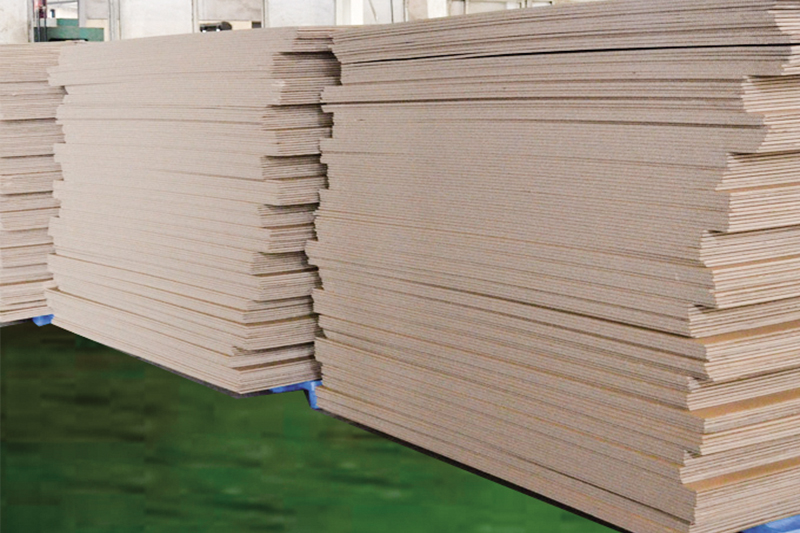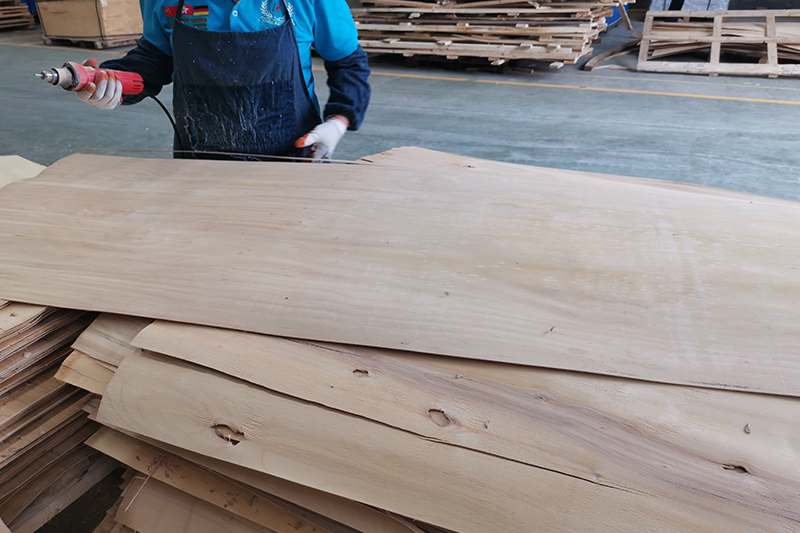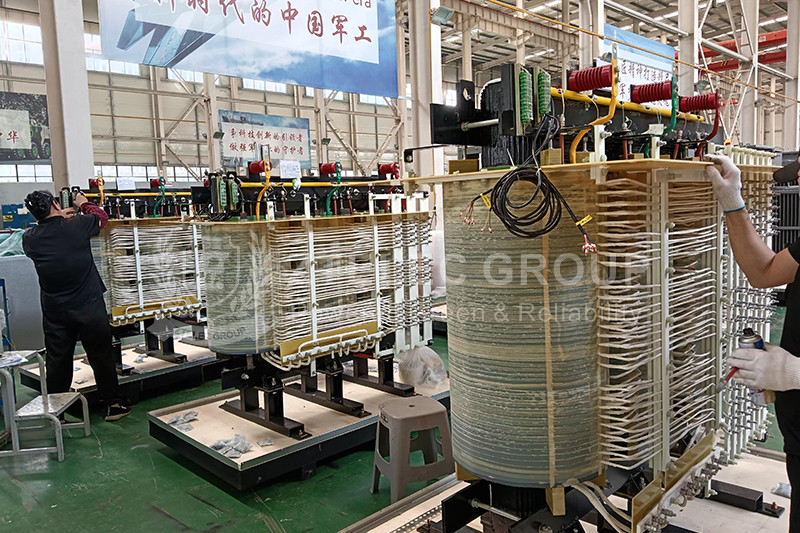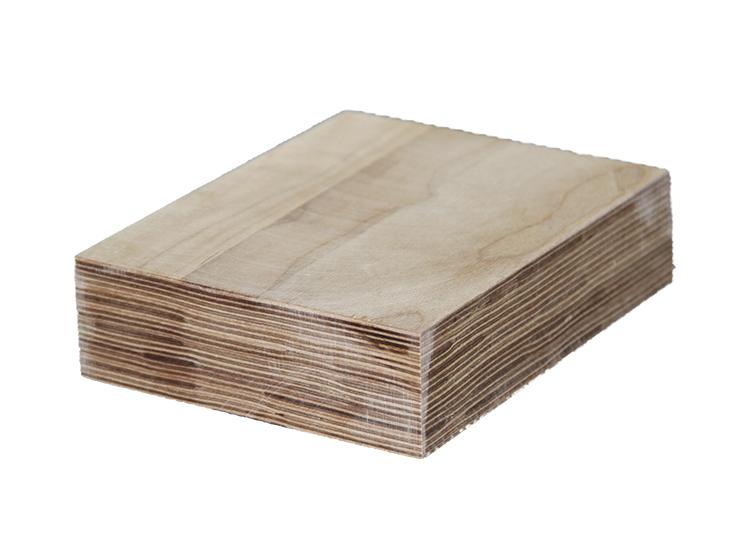What is the Role of Electrical Laminated Wood in Transformer Insulation? Key Advantages
Electrical laminated wood is an engineered wood material specifically developed for electrical insulation applications. It is made from natural woods such as birch or maple, which undergo processes like resin impregnation and high-temperature, high-pressure lamination. The manufacturing process is precise and controlled:
Material Selection and Drying: Wood with stable mechanical properties is carefully selected and dried to remove moisture, preventing deformation during processing.
Resin Impregnation: Insulating resins such as phenolic or epoxy are used to penetrate the wood fibers, enhancing electrical performance and heat resistance.
Lamination: Multiple layers of impregnated wood are pressed under high temperature (120°C–180°C) and high pressure (5–15 MPa) to form a dense structure with aligned fibers.
Post-Processing: The material is cut and polished into transformer insulation components such as blocks, spacers, and insulating boards.

The Role of Electrical Laminated Wood in Transformer Insulation Systems
1.Mechanical Support and Insulation
Acts as a support structure for windings, cores, and clamps, ensuring both mechanical strength and electrical insulation.
Withstands mechanical stresses (e.g., electromagnetic forces, vibrations) while preventing short circuits or discharges.
2.Isolation and Fixation
Voltage Isolation: Forms a physical barrier between high- and low-voltage windings to prevent short circuits.
Positioning Stability: Uses spacers and blocks to secure windings, preventing displacement and insulation wear, especially in high-load transformers with short-circuit resistance requirements.
3.Thermal Resistance and Stability
Maintains dimensional and insulating stability under long-term operating temperatures (105°C–130°C, corresponding to Class B/F insulation).
Its porous structure, combined with resin, improves thermal conductivity in oil by 15%–20%, aiding winding heat dissipation.

Key Advantages of Electrical Laminated Wood Over Other Insulating Materials
1.High Mechanical Strength
The lamination process aligns wood fibers, significantly enhancing compressive and flexural strength compared to ordinary wood or some plastics.
2.Superior Electrical Performance
Low dielectric loss and high dielectric strength reduce energy loss and withstand high electric fields, making it ideal for oil-immersed transformers (synergizing with insulating oil).
3.Thermal Stability & Aging Resistance
Resin impregnation and high-temperature pressing improve heat resistance (up to Class B or F insulation), preventing deformation, cracking, or carbonization during long-term operation.
4.Eco-Friendliness & Cost-Effectiveness
Uses renewable wood as a base material, making it more cost-effective than fully synthetic materials (e.g., epoxy) and easier to machine into complex shapes (e.g., blocks, spacers).
5.Oil Absorption & Compatibility
The porous structure readily absorbs transformer oil, forming an oil-paper composite insulation system that enhances insulation strength and heat dissipation.
6.Moisture Resistance & Chemical Stability
Resin treatment reduces moisture absorption, preventing degradation in oil and resisting acidic byproducts and temperature fluctuations.
Typical Applications of Electrical Laminated Wood
In oil-immersed power transformers, electrical laminated wood is widely used for:
Winding Support Structures: Such as yoke blocks and winding spacers, accounting for 20%–30% of transformer insulation weight.
Lead Insulation Components: Such as lead supports and insulating cylinders, ensuring spatial isolation of high-voltage leads.
Core Grounding Devices: Provides both insulation and mechanical fixation to prevent core ground faults.
With the development of ultra-high-voltage transformers (1,000 kV and above) and high-overload transformers, electrical laminated wood is evolving toward higher heat resistance (extending to Class H insulation), lower dielectric loss, and extreme-condition durability. Its applications in renewable energy transformers (wind, solar) are also expanding.
- more+releated article
- 2025-10-21Application of K Factor Transformer
- 2025-10-21Detailed explanation about transformer model w
- 2025-10-2010kV Oil-Immersed Transformer Safety: Lightnin
- 2025-10-20What are The Advantages of Phenolic Cotton Clo
- 2025-10-17Are Three-Phase Isolation Dry-Type Transformer
- 2025-10-17G10 Epoxy Sheet: Choosing the Right Specificat
- 2025-10-1610kV Oil-Immersed Transformer Operation Inspec
- 2025-10-163240-B Epoxy Phenolic Glass Fiber Cloth Lamina
- 2025-10-15G10 Epoxy Sheet: The Preferred Insulation Mate
- 2025-10-15Analysis of Energy-Saving and Noise Control Te





